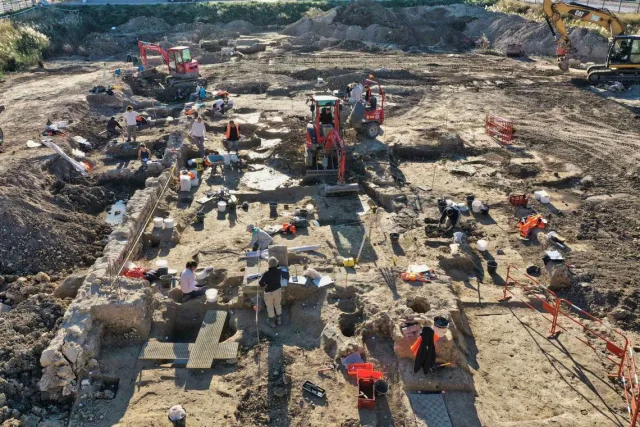Bed$tuy🇭🇹
Basic Instructions Before Leaving Earth 🇭🇹
Derived SLC24A5-AA has been naturally selected for 99% of pale skin Europeans and was discovered in Satsurblia Cave Georgia.When you go back far enough, everyone was black (i.e. dark skinned). They believe the gene for light skin first appeared around 40K years ago, but it's not like it appeared and then instantly everyone in a certain region was light. Evolution doesn't work like that. It would have taken 10s of thousands of years for certain traits to win out through natural selection. So when we're talking about some of these civilizations that started 5000+ years ago, it's a good chance that most of them were started by black people simply because lighter people didn't even exist in high proportions in certain regions.
Africans have the Ancestral Version which is SLC24A5-GG
There's other depigmentation alleles like OCA2, HERC2, SLC45A2, and KITLG but
Non of them has the significance of SLC24A5-AA
Months ago we talked about Cheikh Anta Diop and his influences.
You told me you did an essay on him In college
He has a specific book in French talking about the Natufians. He confirmed that the Natufians that Dorothy Garrodd discovered were African with Dolichocephalic Skulls with high melanin content.
White Academia called him pseudo and unreliable.
Fast forward they biting his style and confirming what he already said.

Last edited:



